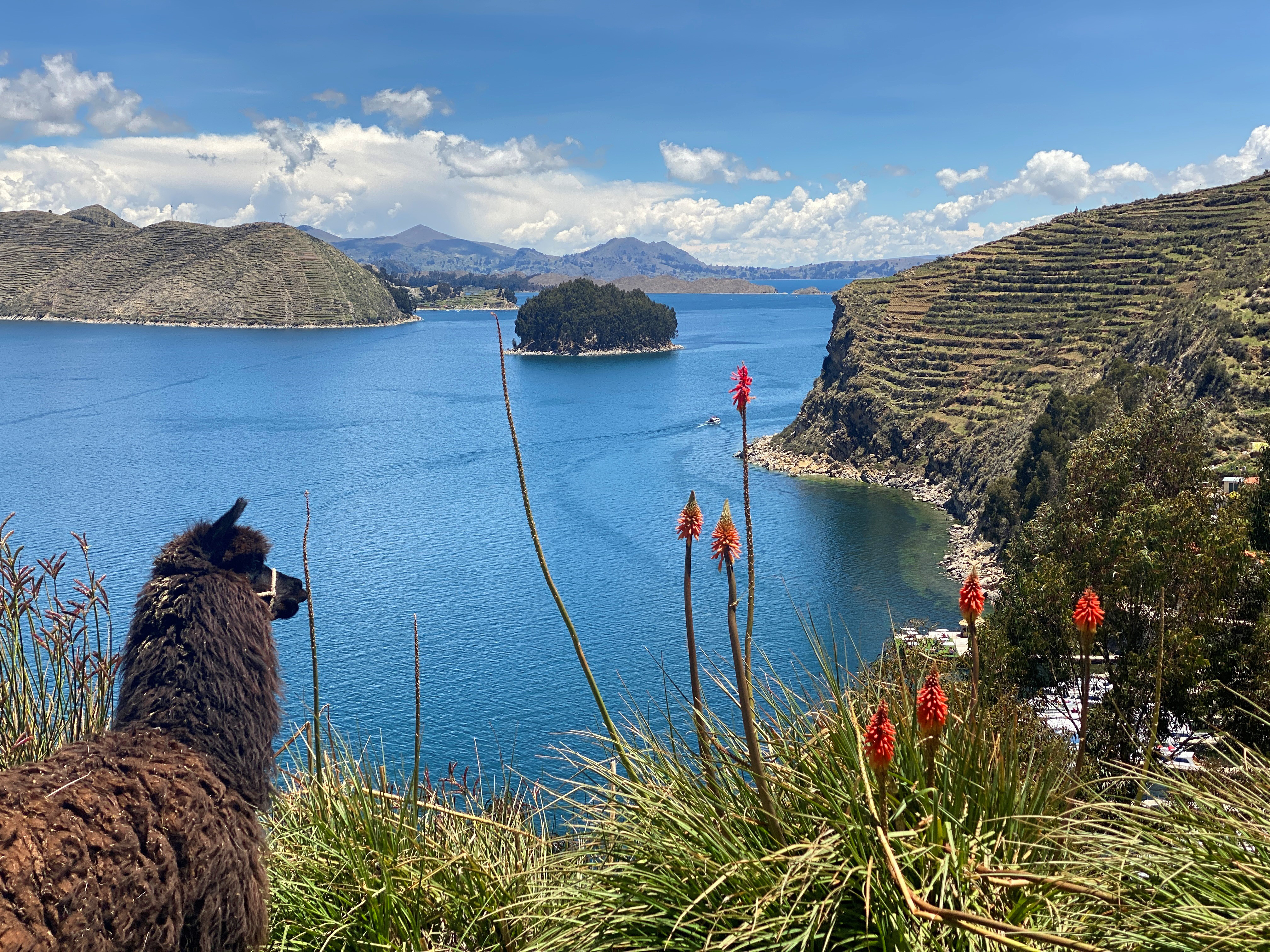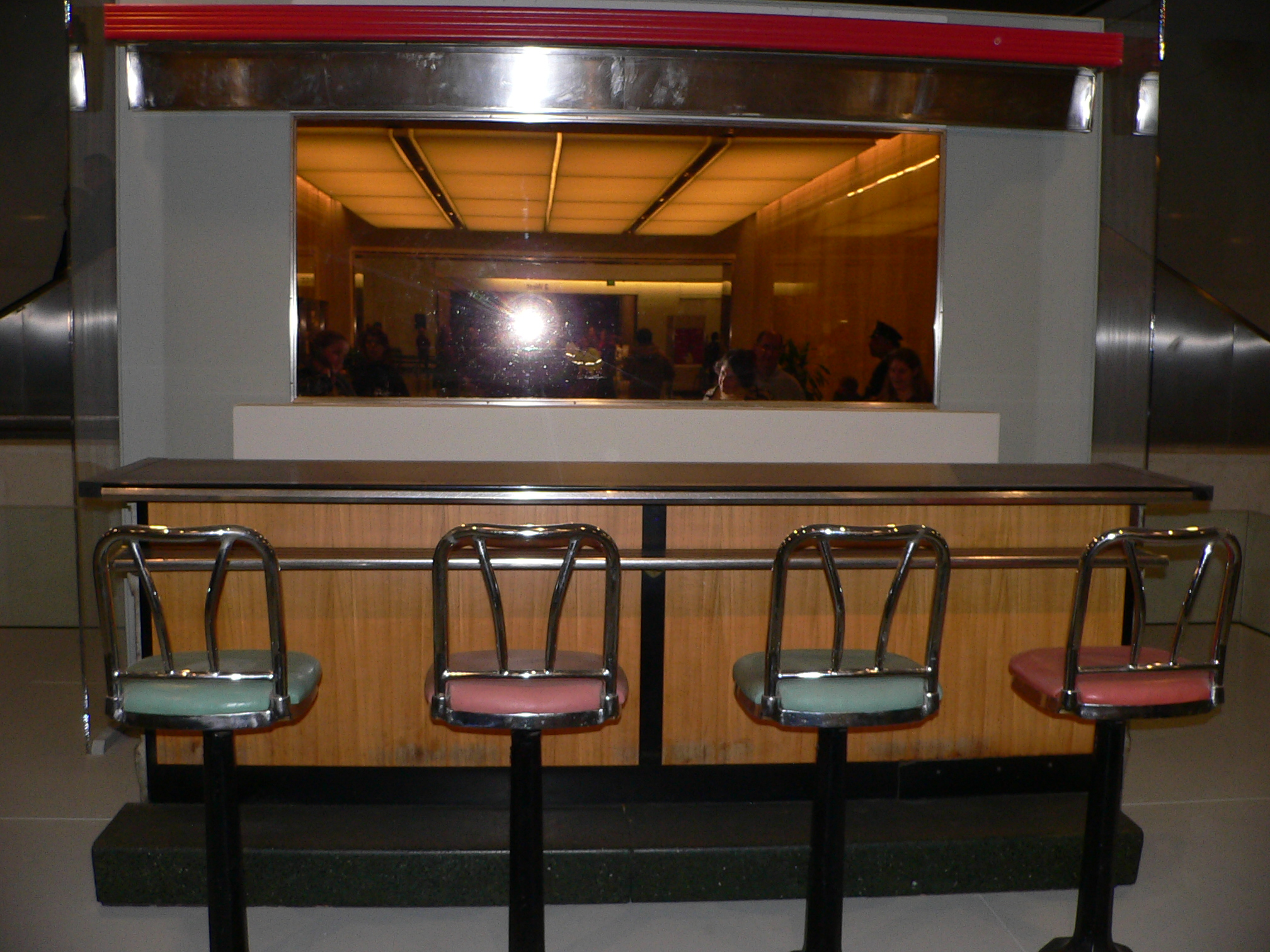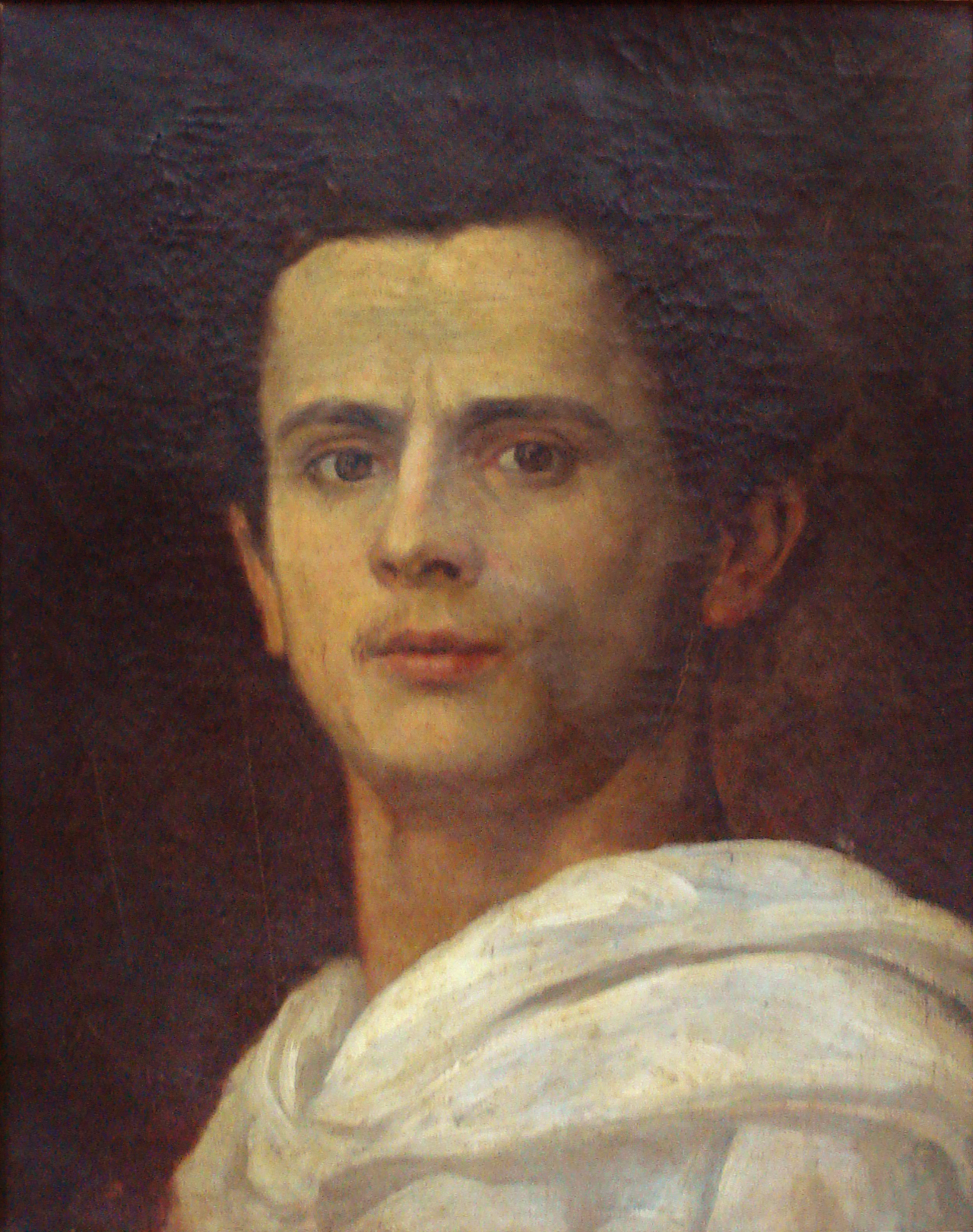|
Alejandro Mario Yllanes
Alejandro Mario Yllanes (1913–1960) was an Aymara painter and printmaker from Bolivia. He disappeared from the public spotlight in 1946, after he was awarded, but did not claim, the Guggenheim Fellowship.Raynor, VivienART; Works by a Vanished Bolivian Painter.''New York Times.'' 5 April 1992 (retrieved 2 May 2009) Art career Alejandro Yllanes was born in Oruro in 1913. He first worked as a tin miner.Arts and Literature. ''The Social Studies Lab.'' (retrieved 2 May 2009) His art career began with an exhibition in his hometown in 1930 when he was only 17 years old. He went on to show in and other cities, including |
Oruro, Bolivia
Oruro (Hispanicized spelling) or Uru Uru is a city in Bolivia with a population of 264,683 (2012 calculation), about halfway between La Paz and Sucre in the Altiplano, approximately above sea level. It is Bolivia's fifth-largest city by population, after Santa Cruz de la Sierra, El Alto, La Paz, and Cochabamba. It is the capital of the Department of Oruro and the seat of the Roman Catholic Diocese of Oruro. Oruro has been subject to cycles of boom and bust owing to its dependence on the mining industry, notably tin, tungsten, silver and copper. History The city was founded on November 1, 1606, by Don Manuel Castro de Padilla as a silver-mining center in the Urus region. At the time it was named Real Villa de San Felipe de Austria, after the Spanish monarch Philip III. It thrived for a while, but it was eventually abandoned as the silver mines became exhausted. Oruro was reestablished by European Bolivians in the late nineteenth century as a tin mining center. It was nam ... [...More Info...] [...Related Items...] OR: [Wikipedia] [Google] [Baidu] |
Lake Titicaca
Lake Titicaca (; ; ) is a large freshwater lake in the Andes mountains on the border of Bolivia and Peru. It is often called the highest navigable lake in the world. Titicaca is the largest lake in South America, both in terms of the volume of water and surface area.Grove, M. J., P. A. Baker, S. L. Cross, C. A. Rigsby and G. O. Seltzer 2003 Application of Strontium Isotopes to Understanding the Hydrology and Paleohydrology of the Altiplano, Bolivia-Peru. ''Palaeogeography, Palaeoclimatology, Palaeoecology'' 194:281-297. It has a surface elevation of . Overview The lake is located at the northern end of the endorheic Altiplano basin high in the Andes on the border of Peru and Bolivia. The western part of the lake lies within the Puno Region of Peru, and the eastern side is located in the Bolivian La Paz Department (Bolivia), La Paz Department. The lake consists of two nearly separate subbasins connected by the Strait of Tiquina, which is across at the narrowest point. The lar ... [...More Info...] [...Related Items...] OR: [Wikipedia] [Google] [Baidu] |
Latin American Artists Of Indigenous Descent
Latin ( or ) is a classical language belonging to the Italic branch of the Indo-European languages. Latin was originally spoken by the Latins in Latium (now known as Lazio), the lower Tiber area around Rome, Italy. Through the expansion of the Roman Republic, it became the dominant language in the Italian Peninsula and subsequently throughout the Roman Empire. It has greatly influenced many languages, including English, having contributed many words to the English lexicon, particularly after the Christianization of the Anglo-Saxons and the Norman Conquest. Latin roots appear frequently in the technical vocabulary used by fields such as theology, the sciences, medicine, and law. By the late Roman Republic, Old Latin had evolved into standardized Classical Latin. Vulgar Latin refers to the less prestigious colloquial registers, attested in inscriptions and some literary works such as those of the comic playwrights Plautus and Terence and the author Petronius. While often c ... [...More Info...] [...Related Items...] OR: [Wikipedia] [Google] [Baidu] |
Bolivian People Of Aymara Descent
Bolivian may refer to: * Something of, or related to, Bolivia ** Bolivian people ** Demographics of Bolivia ** Culture of Bolivia Bolivia is a country in South America, bordered by Brazil to the north and east, Paraguay and Argentina to the south, Chile to the west, and Peru to the west. The cultural development of what is now Bolivia is divided into three distinct peri ... * SS ''Bolivian'', later SS ''Alfios'', a British-built standard cargo ship {{disambiguation ... [...More Info...] [...Related Items...] OR: [Wikipedia] [Google] [Baidu] |
1960 Deaths
It is also known as the "Year of Africa" because of major events—particularly the independence of seventeen African nations—that focused global attention on the continent and intensified feelings of Pan-Africanism. Events January * January 1 – Cameroon becomes independent from France. * January 9–January 11, 11 – Aswan Dam construction begins in Egypt. * January 10 – Prime Minister of the United Kingdom, British Prime Minister Harold Macmillan makes the Wind of Change (speech), "Wind of Change" speech for the first time, to little publicity, in Accra, Gold Coast (British colony), Gold Coast (modern-day Ghana). * January 19 – A revised version of the Treaty of Mutual Cooperation and Security between the United States and Japan ("U.S.-Japan Security Treaty" or "''Anpo (jōyaku)''"), which allows U.S. troops to be based on Japanese soil, is signed in Washington, D.C. by Prime Minister Nobusuke Kishi and President Dwight D. Eisenhower. The new treaty is opposed by t ... [...More Info...] [...Related Items...] OR: [Wikipedia] [Google] [Baidu] |
1913 Births
Events January * January – Joseph Stalin travels to Vienna to research his ''Marxism and the National Question''. This means that, during this month, Stalin, Hitler, Trotsky and Tito are all living in the city. * January 3 – First Balkan War: Greece completes its Battle of Chios (1912), capture of the eastern Aegean island of Chios, as the last Ottoman forces on the island surrender. * January 13 – Edward Carson founds the (first) Ulster Volunteers, Ulster Volunteer Force, by unifying several existing Ulster loyalism, loyalist militias to resist home rule for Ireland. * January 18 – First Balkan War: Battle of Lemnos (1913), Battle of Lemnos – Greek admiral Pavlos Kountouriotis forces the Turkish fleet to retreat to its base within the Dardanelles, from which it will not venture for the rest of the war. * January 23 – 1913 Ottoman coup d'état: Enver Pasha comes to power. February * February 1 – New York City's Grand Central Te ... [...More Info...] [...Related Items...] OR: [Wikipedia] [Google] [Baidu] |
List Of Latin American Artists
A list of WP:ARTIST, notable Latin American visual artists (painters, sculptors, photographers, video artists, etc.), arranged by nationality: Argentina * Roberto Aizenberg (1928–1996) * Antonio Alice (1886–1943) * Antonio Berni (1905–1981) * Delia Cancela (born 1940) * Graciela Carnevale (born 1942) * Elda Cerrato (born 1930–2023) * Alicia Creus (born 1939) * José Cuneo (born 1965) * León Ferrari (1920–2013) * Lucio Fontana (1899–1968) * Alfredo Guttero (1882–1932) * Esteban Lisa (1895–1983) * Cándido López (1840–1902) * Rebeca Mendoza (born 1967) * Florencio Molina Campos (1891–1959) * Marta Minujín (born 1944) * Marcelo Pombo (born 1959) * Liliana Porter (born 1941) * Alfredo Prior (born 1952) * Benito Quinquela Martín (1890–1977) * Xul Solar (1887–1963) * Raúl Soldi (1905–1994) * Manuel Zorrilla (1919–2015) * Grete Stern (1904–1999) *Roberto Jacoby (born 1944) *Bibi Zogbé (1890–1973) Bolivia * Rodolfo Ayoroa (1927–2003), painte ... [...More Info...] [...Related Items...] OR: [Wikipedia] [Google] [Baidu] |
Latin American Art
Latin American art is the combined artistic expression of Mexico, Central America, the Caribbean, and South America, as well as Latin Americans living in other regions. The art has roots in the many different Indigenous peoples of the Americas, indigenous cultures that inhabited the Americas before European colonization in the 16th century. The indigenous cultures each developed sophisticated artistic disciplines, which were highly influenced by religious and spiritual concerns. Their work is collectively known and referred to as Pre-Columbian art. The blending of Amerindian, European and African cultures has resulted in a unique Mestizo tradition. Colonial period During the colonial period, a mixture of indigenous peoples of the Americas, indigenous traditions and European influences (mainly due to the Christian teachings of Franciscan, Augustinians, Augustinian and Dominican Order, Dominican friars) produced a very particular Christian art known as Indochristian art. In additi ... [...More Info...] [...Related Items...] OR: [Wikipedia] [Google] [Baidu] |
Reed Boat
Reed boats and rafts, along with dugout canoes and other rafts, are among the oldest known types of boats. Often used as traditional fishing boats, they are still used in a few places around the world, though they have generally been replaced with planked boats. Reed boats can be distinguished from reed rafts, since reed boats are usually waterproofed with some form of tar. As well as boats and rafts, small floating islands have also been constructed from reeds. The earliest discovered remains from a reed boat are 7000 years old, found in Kuwait. Reed boats are depicted in early petroglyphs and were common in ancient Egypt. A well-known example from the Book of Exodus is the ark of bulrushes in which the baby Moses was set afloat. They were also constructed from early times in Peru and Bolivia, and boats with remarkably similar design have been found in Easter Island and also New Zealand where they were made by indigenous Māori. Reed boats are still used in Peru, Bolivia, Ethiop ... [...More Info...] [...Related Items...] OR: [Wikipedia] [Google] [Baidu] |
Precolumbian
In the history of the Americas, the pre-Columbian era, also known as the pre-contact era, or as the pre-Cabraline era specifically in Brazil, spans from the initial peopling of the Americas in the Upper Paleolithic to the onset of European colonization, which began with Christopher Columbus's voyage in 1492. This era encompasses the history of Indigenous cultures prior to significant European influence, which in some cases did not occur until decades or even centuries after Columbus's arrival. During the pre-Columbian era, many civilizations developed permanent settlements, cities, agricultural practices, civic and monumental architecture, major earthworks, and complex societal hierarchies. Some of these civilizations had declined by the time of the establishment of the first permanent European colonies, around the late 16th to early 17th centuries, and are known primarily through archaeological research of the Americas and oral histories. Other civilizations, contemporan ... [...More Info...] [...Related Items...] OR: [Wikipedia] [Google] [Baidu] |
Aymara People
The Aymara or Aimara (, ) people are an Indigenous people in the Andes and Altiplano regions of South America. Approximately 2.3 million Aymara live in northwest Argentina, Bolivia, Chile, and Peru. The ancestors of the Aymara lived in the region for many centuries before becoming a subject people of the Inca Empire in the late 15th or early 16th century and later of the Spanish in the 16th century. With the Spanish American wars of independence (1810–1825), the Aymaras became subjects of the new nations of Bolivia and Peru. After the War of the Pacific (1879–1883), Chile annexed territory with the Aymara population. Etymology The name of the Aymara people stems from the word ''Ayma-ra-mi'' meaning "a place with many communally owned farms". The word "Aymara" also refers to a group of language dialects of which the origin, spread and time-frame are debated. History Early history The early history of the Aymara people is uncertain. Various hypotheses have been voiced ... [...More Info...] [...Related Items...] OR: [Wikipedia] [Google] [Baidu] |






